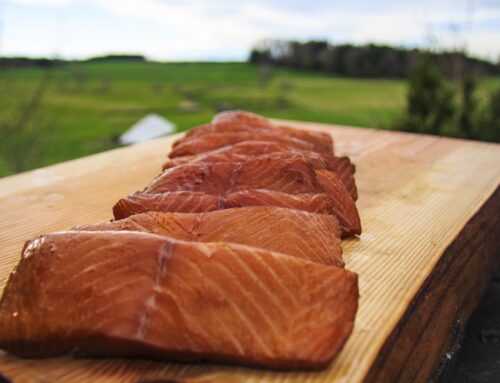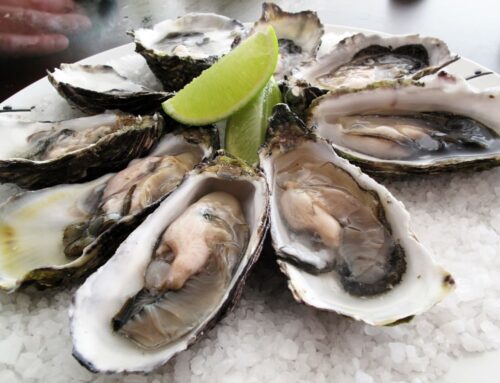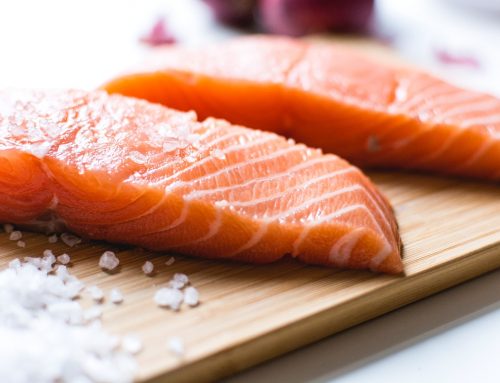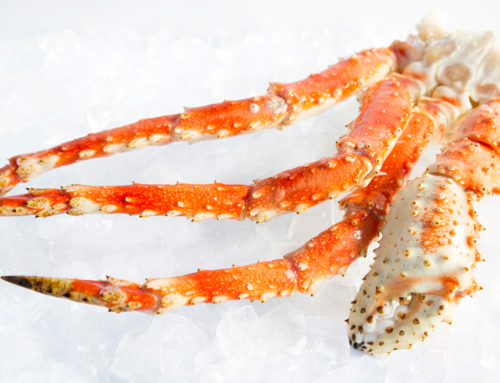If you’re ever browsing in the seafood case at the grocery store, it’s easy to be overwhelmed by the sheer volume of choices. Consider this your chance to be more knowledgeable about a staple seafood option: halibut. We’ll talk about all things health and halibut and give you some useful takeaways.
What Makes Halibut Healthy?
Most fish are a good source of vitamins, minerals, and essential nutrients. Halibut is no exception. This fish offers a clean source of protein and contains selenium, phosphorus, and other vitamins. Here’s what you need to know about halibut’s nutritional value.
How Does Halibut Compare?
We know what benefits make halibut healthy, but you may wonder how it compares to other seafoods. This chart compares the nutrition facts of many seafoods. A three-ounce serving of cooked halibut equates to 23 grams of protein, which falls higher than catfish, sole, and lobster that range from 17 to 19 grams. In terms of calories, halibut (120 calories) falls comfortably between salmon (200 calories) and lobster (80 calories).
In another seafood ranking, halibut ranks among the lowest in cholesterol along with tuna. This could be because of the nutrients mentioned above that help with blood pressure and the heart. Overall, halibut is a great seafood choice.
How to Prepare Halibut
Many things are healthy but can become easily unhealthy from the preparation. To prepare halibut healthy, consider trying these cooking tips. Halibut is known for its clean taste and meaty texture, so try not to fry the fish in heavy batters or drench them in rich sauces. For a delicious dish, lean on bright citrus accents and simple flavor profiles. Halibut is a sturdy fish and does well in the oven, on the stovetop, and even the grill.
Takeaway
Halibut is a healthy seafood option that is easy to prepare and diet friendly. You can buy halibut confidently, knowing that it is packed with good stuff. Not only is halibut healthy to eat, but it is also very easy to buy online and in the store.
Take note of our Affiliate Relationships that may exist with this page and companies listed on it.







